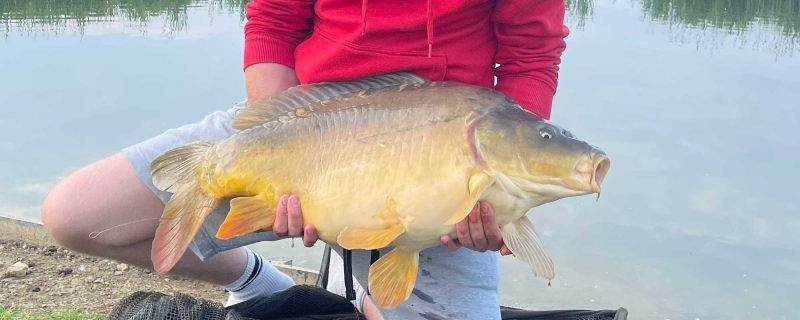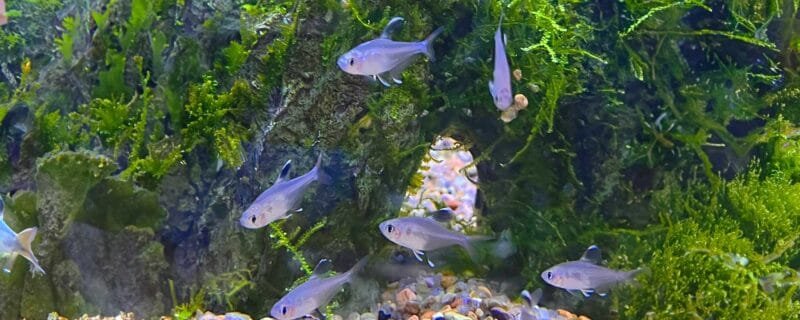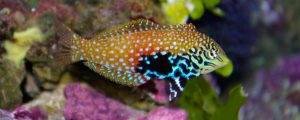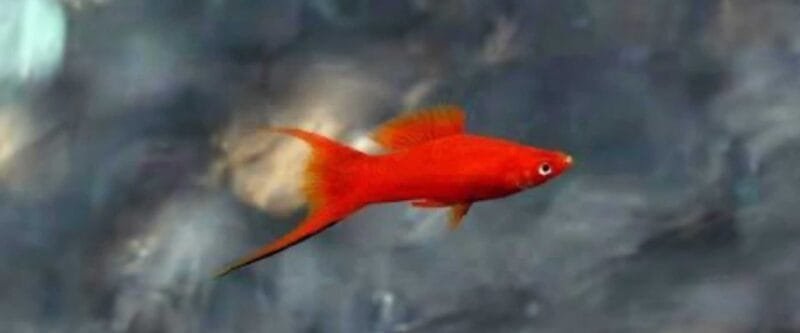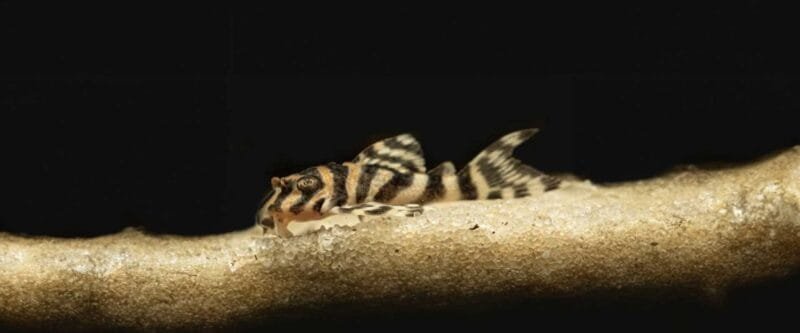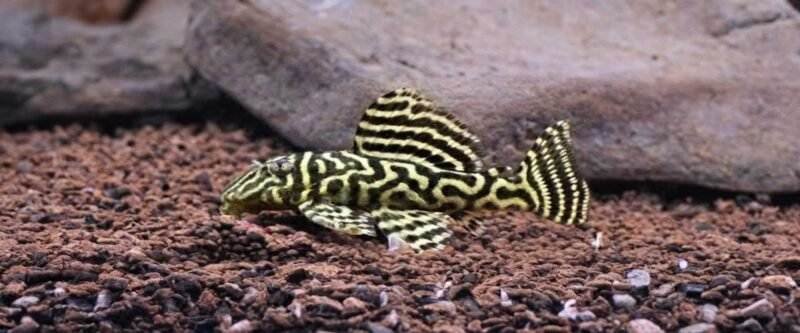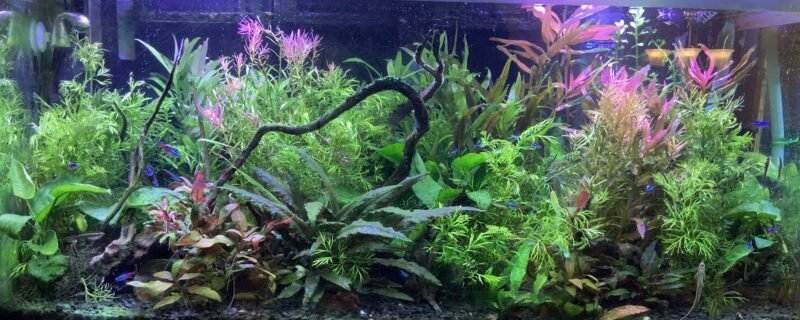Green Tench: Discovering the Aquatic Gem
The Green Tench, scientifically known as Tinca tinca, is a fascinating and often underappreciated addition to the world of aquarium keeping. Known for its distinctive appearance and peaceful nature, this freshwater fish species offers both aesthetic appeal and tranquility to aquarium enthusiasts. In this blog post, we’ll dive into the captivating world of the Green Tench, exploring its scientific and common names, size, natural habitat, suitability for community tanks, diet, alternative names, and the intriguing world of tench gender identification.
Scientific and Common Name: Tinca Tinca
Size: Green Tenches are known for their stout, cylindrical bodies that can reach lengths of up to 12 inches (30 centimeters) in captivity, making them a moderate-sized fish for aquariums.
Native Habitat: Green Tenches are native to various regions across Europe and parts of Asia. They thrive in slow-moving or still freshwater bodies such as lakes, ponds, and canals with plenty of vegetation.
Habitat and Behavior: In the wild, Green Tenches inhabit the vegetated areas of freshwater bodies. They are known for their bottom-dwelling behavior, often stirring up sediments in search of aquatic invertebrates and plants to feed on.
Community Tank Compatibility:
Green Tenches are generally peaceful and sociable fish, making them suitable candidates for community aquariums. However, it’s important to consider their size and ensure they are not kept with overly aggressive tankmates.
Diet:
Green Tenches have an omnivorous diet, which includes a variety of foods:
- Aquatic Plants: They consume aquatic vegetation, making them valuable for controlling plant growth in larger tanks.
- Invertebrates: Green Tenches eagerly hunt for aquatic invertebrates like insects, snails, and worms.
- Commercial Fish Food: High-quality pellets and flakes designed for freshwater herbivores or omnivores can be a staple of their diet in captivity.
Alternative Names:
Besides Green Tench, these fish may also be referred to as Doctor Fish or just Tench.
Distinguishing Males from Females:
Sexing Green Tenches can be somewhat challenging, but there are a few characteristics to look for:
- Body Shape: In some cases, males may have slightly slimmer bodies than females.
- Breeding Tubercles: During the breeding season, males may develop small, rough tubercles on their heads and pectoral fins, which are absent in females.
- Size: Females are generally larger than males, particularly during the breeding season when they carry eggs.
Conclusion:
The Green Tench’s Tranquil Charm
The Green Tench (Tinca tinca) offers a unique blend of beauty, serenity, and utility to aquarium enthusiasts. Its peaceful nature, adaptable diet, and moderate size make it an ideal choice for community tanks, while its distinctive appearance adds a touch of elegance to any aquatic landscape. Whether you’re a beginner or an experienced aquarist, the Green Tench’s tranquil charm is sure to captivate your aquatic heart and become a cherished member of your underwater community.
Photo Credit: Oscar Morey



